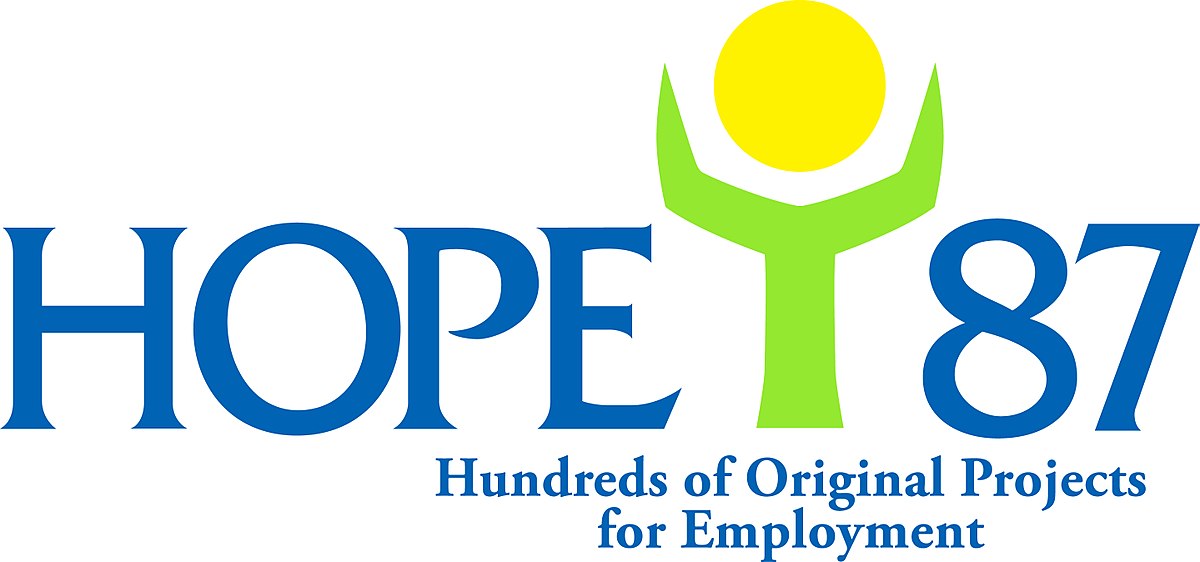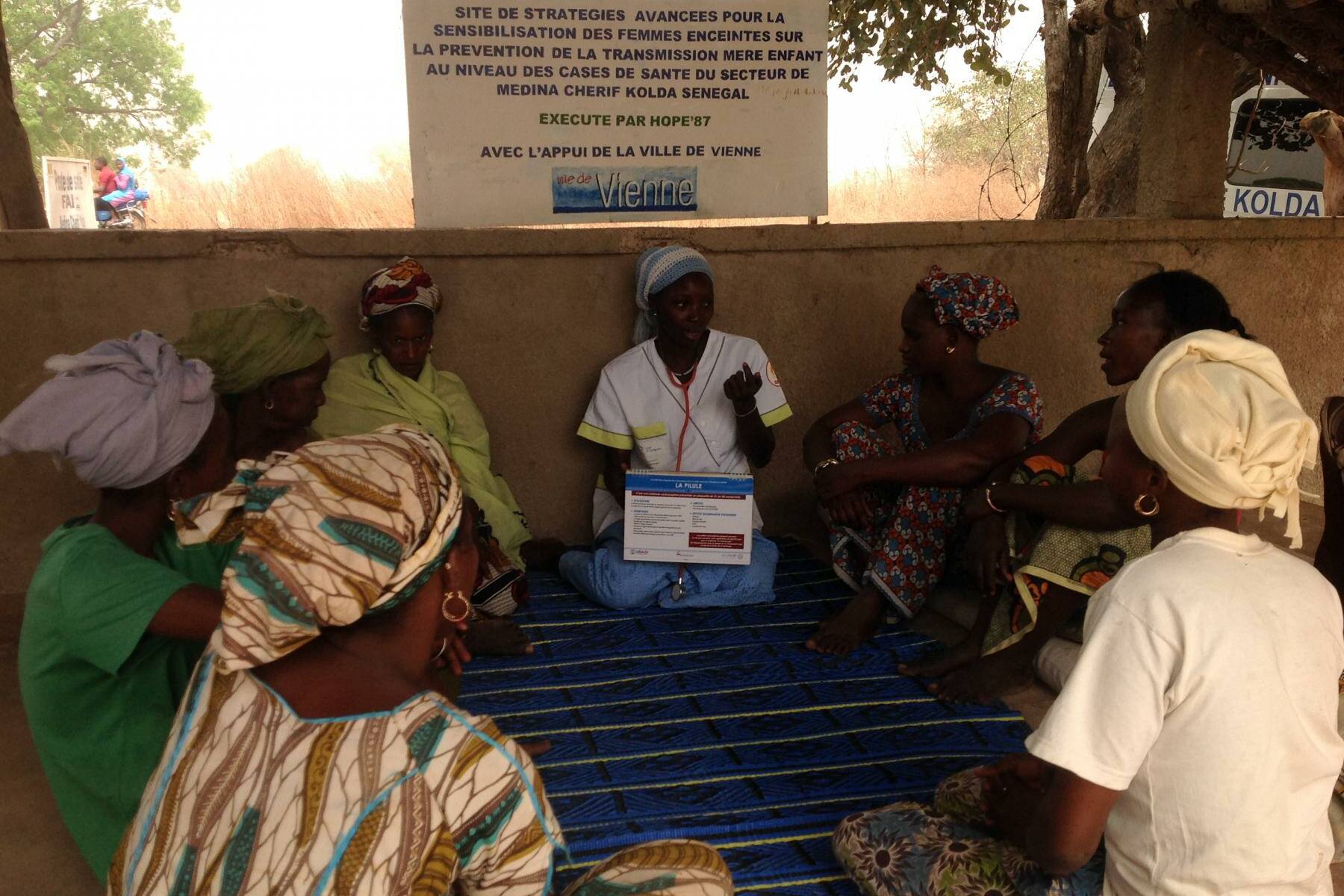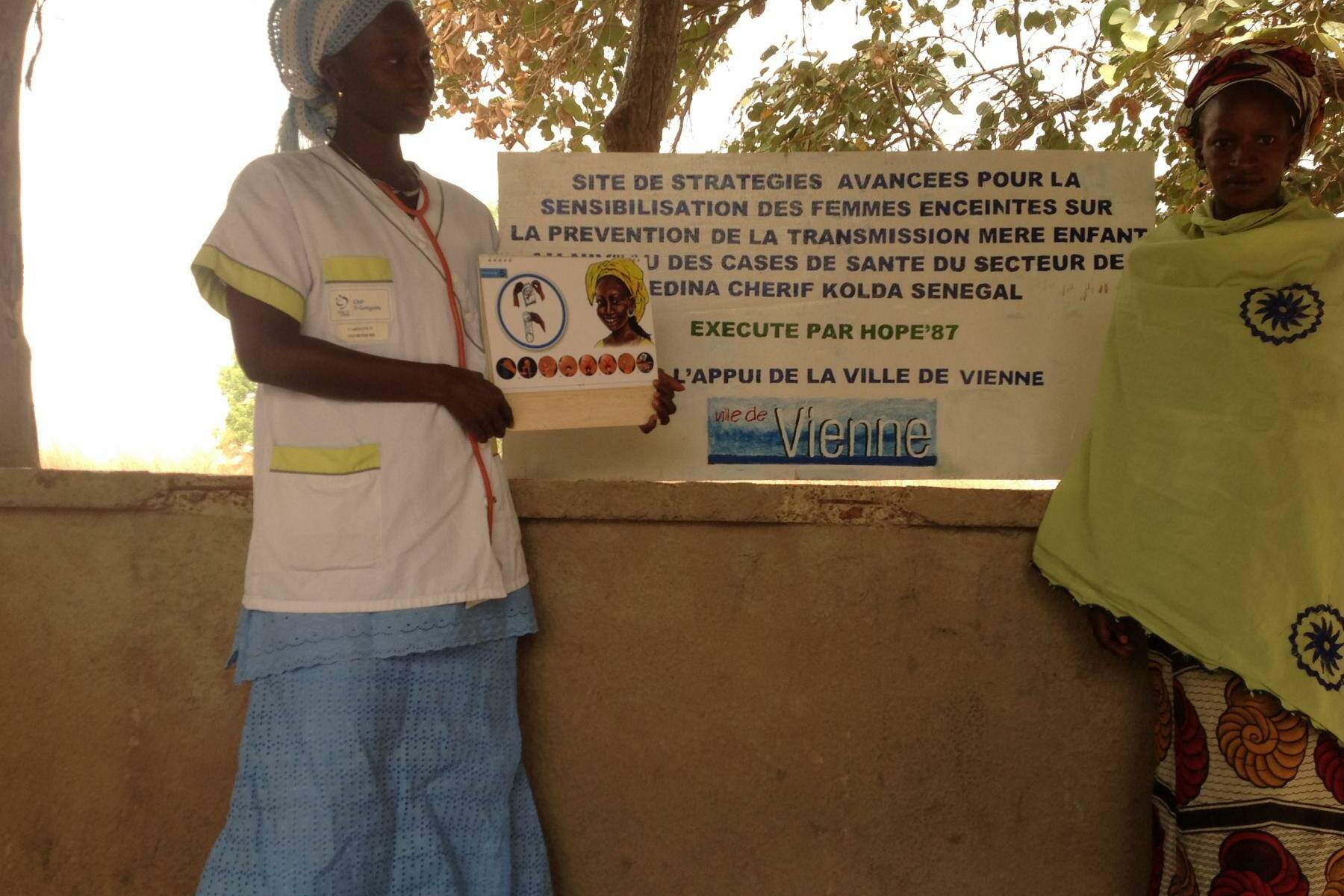According to the “Demographic and Health Survey IV of 2005” in the Casamance, South Senegal, the HIV-rate of 2% is above national average. Especially the rural community of Médina Chérif is confronted with a continuous deterioration of the sexual and reproductive health of the local population and a constant increase of HIV-infections. This is due to a lack of knowledge and awareness of the disease, its ways of transmission and prevention.
The infection rate is disproportionally higher for adolescents and especially girls. One reason for that is the increased social and biological vulnerability of women and girls that, in developing countries, is increased by their economical dependency on men, their lack of access to education, poverty, sexual exploitation, violence and rape. Furthermore, HIV-positive women are stigmatized as “circulator” of the disease and are often mistreated or expelled from the community.
The overall aim of this project was to increase the sexual and reproductive health of women in Senegal and to contribute to the achievement of the MDG 6 (“Combat HIV/AIDS, malaria and other diseases”). By providing knowledge and sensitization regarding HIV/Aids, its ways of transmission and prevention, the projects contributed to the fight against the disease and to reducing the social exclusion of HIV-positive people in the rural community of Médina Cherif, region Kolda in South Senegal.
In the frame of the project, 7,743 people (4,022 of them women) were tested for HIV and thus informed about their possible infection status. Special attention was given to cooperation with women and girls in order to strengthen their position in society. Female staff within the project team were give improved access to the female population and the project built on trust between the staff and the target population.
Results of the projects were that 60% of the local population are now aware of the methods to prevent infection with HIV/Aids. The risk of infection was reduced by extensive awareness raising and knowledge sharing regarding the disease, its ways of transmissions, its link to promiscuity and possible ways of prevention. Furthermore, the competences of the local health staff were strengthened and they now know how to deal with internal and external stigmata.
Project Type
Development Project, Health
Project Duration
01/06/2014 to 30/11/2014
Status
Completed
Country
Senegal
Region
Casamance, Rural Community of Médina Cherif
Donor(s)
City of Vienna, AIDS LIFE, HOPE'87


